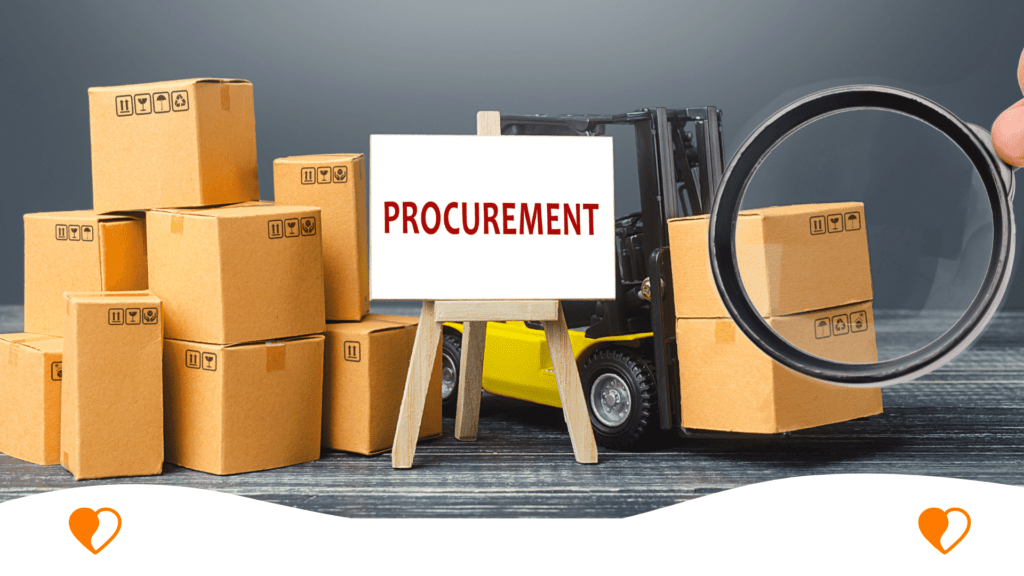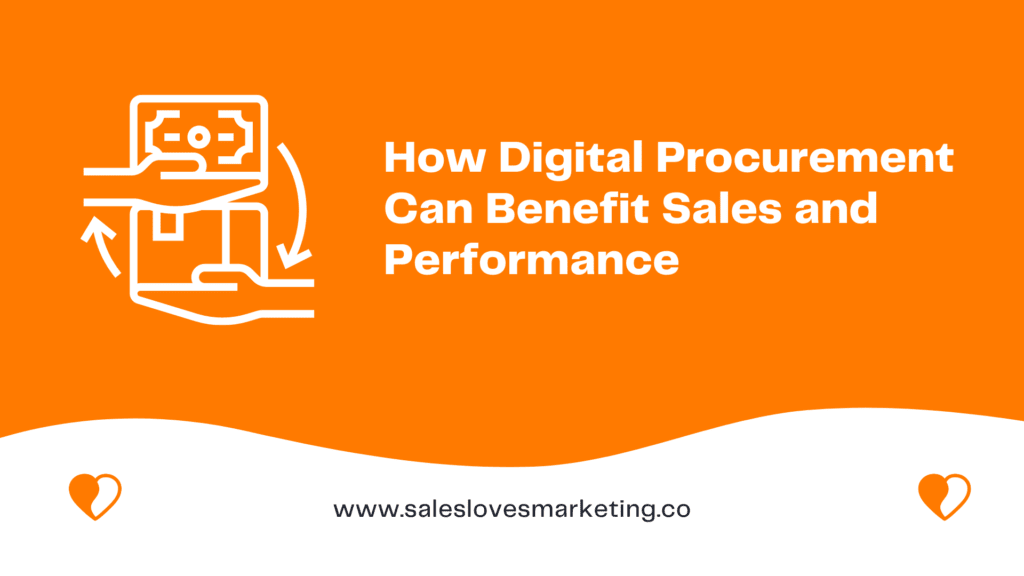The importance of procurement activities in businesses is increasingly coming to light. Strong procurement departments enable businesses to build resilience, mitigate risks, improve services, and ensure compliance. But despite their importance, they have been left behind in the shift to automation
Procurement departments have been traditionally bogged down by inefficiencies resulting from manual processes and the lack of proper communication channels. As such, they can hold organizations back from realizing their true potential. Such problems have now been alleviated by the introduction of superior procurement software.
Digitalization of procurement processes automates the procurement workflow to eliminate the need for the workforce to perform repetitive tasks manually. Platforms designed for the job aim to liberate businesses from menial labor so they can focus more on areas of strategic importance. Such advantages are known and quoted commonly. But did you know that employing automation solutions can increase your business’s sales and improve its performance? Read on to find out how digitizing procurement processes can benefit these areas of your business.
1. Enables Stronger Control
End-to-end visibility is vital to maintain control over business operations, and this means access to data. Manual procurement processes make data tracking an ordeal. As data is stored in spreadsheets in such a process, it is prone to manipulation and errors. Manually generating reports to track procurement activities and spending patterns and gain insight into any bottlenecks hindering company performance becomes time-consuming, if not impossible. Such obscured oversight creates uncertainties, making managing an organization difficult and strategic planning a challenge. There is no way to keep an eye on the functioning of approval workflows either, leading to problems like dark spending and rogue purchases. Quality control can prove challenging when there’s a lack of visibility as well.
Digital procurement processes increase the visibility of a company’s operations. Access to detailed real-time procurement data reduces uncertainties. Procurement software also allows for automated report generation that gives clear insight into procurement details, company performance and spending patterns. Such software can also be set up to generate KPIs to track company and supplier performance better.
Control over making purchases is further strengthened as requisitions are routed automatically through preset approval workflows. All this results in increased transparency which will allow your organization to better monitor its productivity, identify problems, and take early actions to stop issues from worsening. Better control will also ensure that the organization’s operations do not descend into chaos in times of market crises or supply chain failure. Enhanced control over quality translates into an improved bottom line. A company that is efficient in its operations and is flexible and resilient performs better in the market.
2. Hastens Operations
Conventional procurement processes are often dominated by lengthy tasks, including data collection, order tracking, slow invoicing, and back-and-forth communication through manual means. Such tasks not only take time, but they also waste it. Approval processes, three-way matching, and invoice management are impossible to speed up when only relying on inefficient communication channels and manual processes. The slower an organization gets supplies, the more it delays getting its end-products out, leading to lower sales and revenue. Having your products constantly out of stock and delaying your services can even lead to unsatisfied customers.
On the other hand, an efficient procurement process entails the automation of repetitive tasks to speed them up. The speed of information flow is enhanced by using centralized digital channels. Tracking orders becomes seamless, and communication with suppliers along with checking the quality and compliance status of orders becomes swift. The entire production line moves on faster, leading to more products being put out for sale and more revenue being generated through these sales. Customer service never suffers, the stock remains full, and happy customers help build your market reputation. Overall, the performance and sales of your business increase.
3. Enhances Vendor Management
The market stays ever-expanding. As more suppliers enter the market, keeping up with trends in costs and quality, performances, and reputations becomes challenging. Manual procurement processes do not allow detailed access to third-party information recording. This can lead to a business partnering up with vendors who are late on deliveries or have goods of higher costs or lower quality.
Digital procurement platforms allow supplier information, including reviews, to be accessed, stored, and updated with ease. Price comparison and access to real-time data on discounts and sales become available through digital platforms as well. Procurement departments can then choose and consolidate vendors of the most strategic importance known to offer quality services. Providing tech-enabled vendor portals helps build the vendors’ confidence in the firm, as they get access to the status of payments. This helps strengthen vendor relations and creates an organization’s credibility.
Such practices allow organizations to draft long-term, mutually profitable contracts with their suppliers to ensure a robust supply at a reasonable cost. The resulting savings can be invested back in the company or leveraged to decrease the prices of end products. In both cases, sales and customer experience can see considerable improvement.
Relevant teams can then also make solid backup plans to protect the supply in case of events like natural disasters or worsening geopolitical relations by pre-identification of other suppliers who offer relatively better deals than others in the market. This strengthens the resilience of organizations and ensures that production, performance, and sales do not suffer because of unforeseen events.

4. Saves Costs
Paperwork is costly. Manual procurement processes are further riddled by costly human errors and inventory mismanagement. Suppliers procured can be relatively expensive due to inefficient market research or lack of quality data to help with market research. In addition, spending patterns are hard to analyze without proper digital tools, leading to instances of over-spending. In such a scenario, the lack of data and reports makes the identification of saving opportunities a challenge as well. Manual work also leads to employees having to work for a significant number of hours on menial tasks, and this increases the cost spent on salaries.
Digitized procurement processes enable cost savings in a number of ways. A shift from paperwork reduces costs, and the decreased number of hours employees have to spend sifting through paperwork results in lower expenses for the company and happier employees. Tech-enabled analytics reveal spending patterns and enable the identification of cost-saving opportunities. Reduced instances of dark purchasing and maverick spending through stronger automated approval workflows further contribute to savings.
All the money saved can be spent on the company. You can raise the salaries of the workforce to ensure better productivity. The increased profit margins enabled by automation will lead to more money being available to invest in the company’s growth and expansion as well. All these processes visibly enhance performance and have the potential to increase sales.
5. Facilitates Risk Mitigation
A business has to worry about several risks, ranging from reputational risks to commercial risks. Manual management of procurement processes hardly allows for risk mitigation and can exacerbate risks in the worst-case scenarios.
Risks such as reputational ones can arise when a company, knowingly or unknowingly, deals with suppliers known to indulge in unethical practices such as child labor or mining in restricted areas. Not knowing why a supplier is offering that unbelievably discounted deal on the market can lead to haphazard transactions. When such deals come to light, your business can end up losing its loyal customer base. The consequences of risks like regulatory risks can be as severe as making your company face criminal liability. Losses can ensue in cases of commercial risks like budget overruns. Managing risks in manual procurement processes is highly challenging because of the lack of proper tools and visibility.
Digital procurement grants tools through which organizations can assess risks and minimize them. A better view into supplier activities and reputation and improved communication with suppliers give firms the opportunity to do thorough research and inquire about specific processes whenever the need arises. This allows procurement departments to ensure that the values and practices of their suppliers are consistent with their own, translating to transparent, ethical practices throughout the supply chain that help build an organization’s credibility in the market. The better strategies that advanced analytics allow procurement teams to build help and organization’s resilience too.
Endnote
Markets are changing and expanding rapidly; businesses are leveraging technology as much as they can to keep up with the growing competition. Adapting to the pace of the world rather than resisting changes is the way to go ahead. Digitalization offers several solutions to the problems procurement departments face, and its implementation has become prudent at this stage.
Employing procurement software lets organizations strengthen their control and improve the effectiveness and efficiency of their operations. It enables effective risk mitigation and better supplier management and helps save time and costs. The ROI for automation is hefty as well. All such advantages directly impact a company’s bottom line, creating invaluable opportunities to grow sales and boost performance. Investing in an excellent central procurement platform will pave your company’s way towards unrealized excellence.
